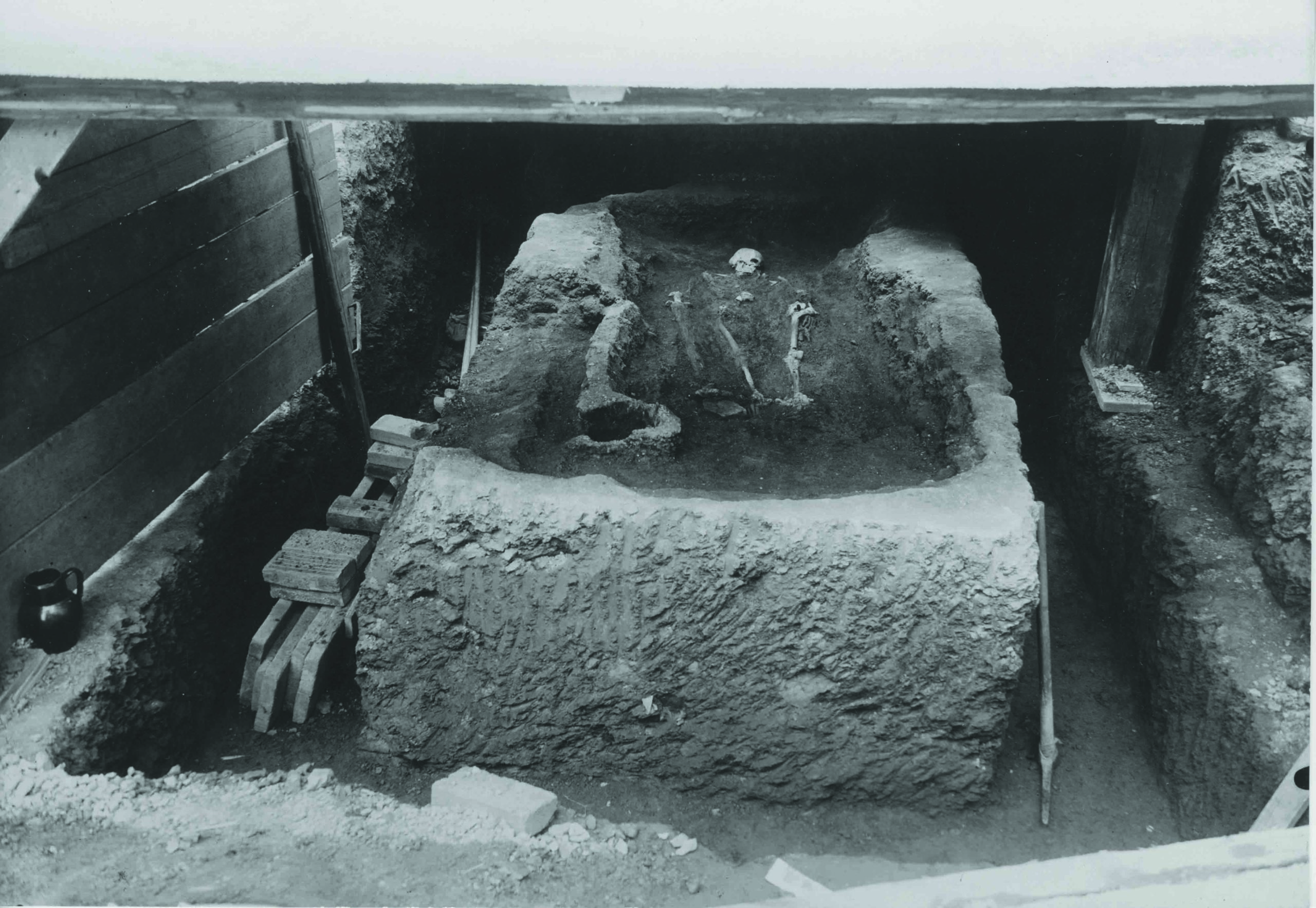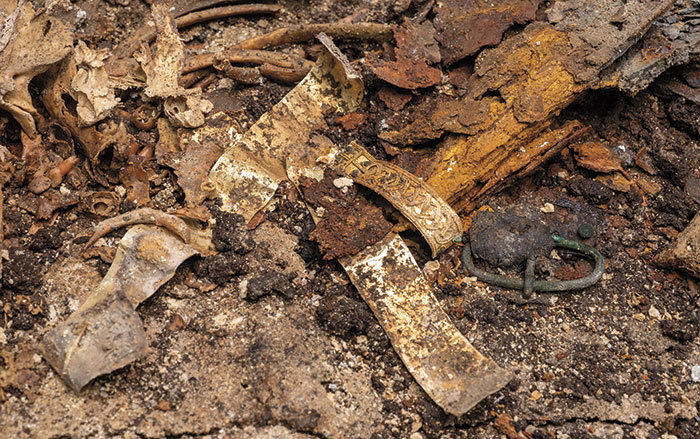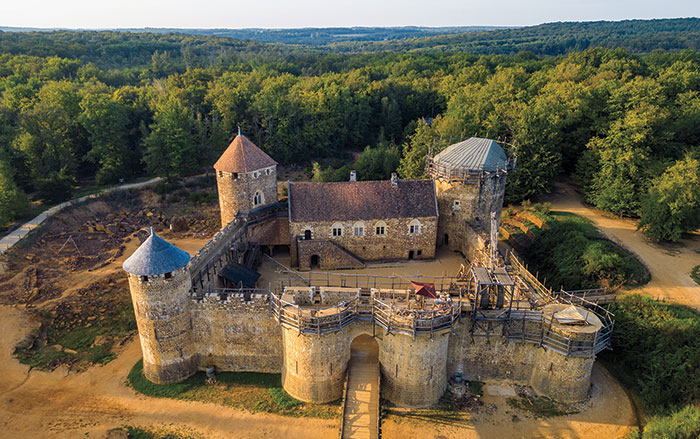ZÜRICH, SWITZERLAND—Science Magazine reports that a new study of DNA samples extracted from the remains of people buried in Finland, Estonia, and the Netherlands suggests that several diverse strains of syphilis were circulating in Europe in the late fifteenth century. It had been previously thought that Treponema pallidum, the bacterium that causes the disease, was introduced to Europe by Christopher Columbus and his crew upon their return from the New World in 1493. Verena Schuenemann of the University of Zürich and her colleagues looked for bacterial DNA in the remains of nine Europeans whose skeletons bore bone lesions associated with syphilis. They were able to recover bacterial DNA from four of them. The researchers then compared the DNA with modern syphilis to track the changes in the genome and estimate the ages of the strains, calibrated with carbon dates of the skeletons and their wooden coffins. They found evidence of a previously unidentified strain of syphilis, and dated two other strains to the early to mid-fifteenth century. They also detected evidence of yaws, another disease caused by the bacterium which is found today only in the tropics. “Either Columbus brought a whole bouquet of strains, or this diversity was present there before,” said archaeogeneticist Johannes Krause of the Max Planck Institute for the Science of Human History. He acknowledges that additional samples and more precise dates are necessary to confirm the presence of syphilis in the Old World prior to Columbus’s travels. For more, go to "World Roundup: Austria."
DNA Study Tracks Europe's Medieval Syphilis Epidemic
News August 13, 2020
Recommended Articles
Digs & Discoveries January/February 2020
The Man in Prague Castle

Digs & Discoveries January/February 2019
Raise a Toast to the Aurochs

Digs & Discoveries September/October 2025
Good Night, Sweet Prince

Features September/October 2025
How to Build a Medieval Castle
Why are archaeologists constructing a thirteenth-century fortress in the forests of France?

-
Features July/August 2020
A Silk Road Renaissance
Excavations in Tajikistan have unveiled a city of merchant princes that flourished from the fifth to the eighth century a.d.
 (Prisma Archivo/Alamy Stock Photo)
(Prisma Archivo/Alamy Stock Photo) -
Features July/August 2020
Idol of the Painted Temple
On Peru’s central coast, an ornately carved totem was venerated across centuries of upheaval and conquest
 (© Peter Eeckhout)
(© Peter Eeckhout) -
Letter from Normandy July/August 2020
The Legacy of the Longest Day
More than 75 years after D-Day, the Allied invasion’s impact on the French landscape is still not fully understood
 (National Archives)
(National Archives) -
Artifacts July/August 2020
Roman Canteen
 (Valois, INRAP)
(Valois, INRAP)


